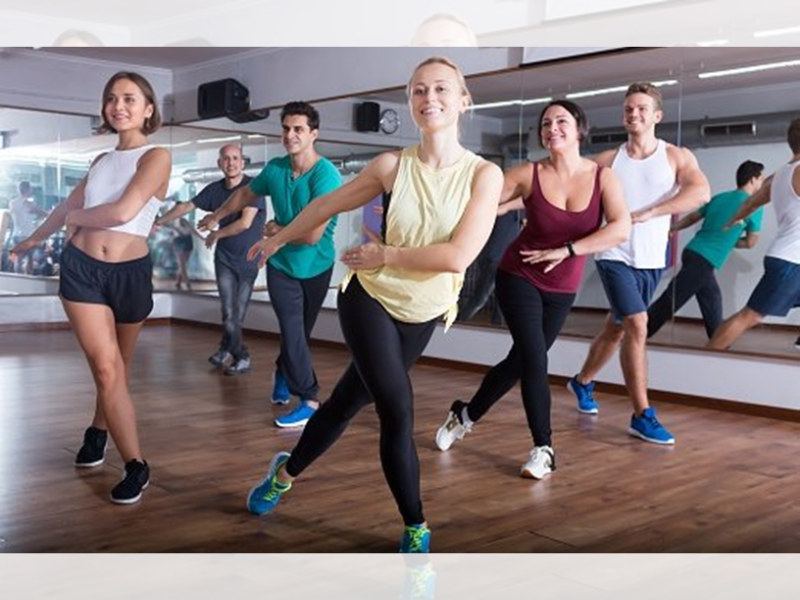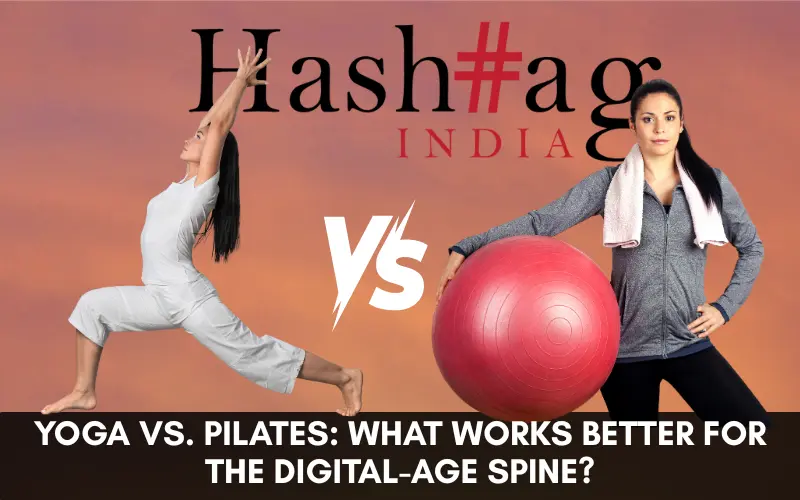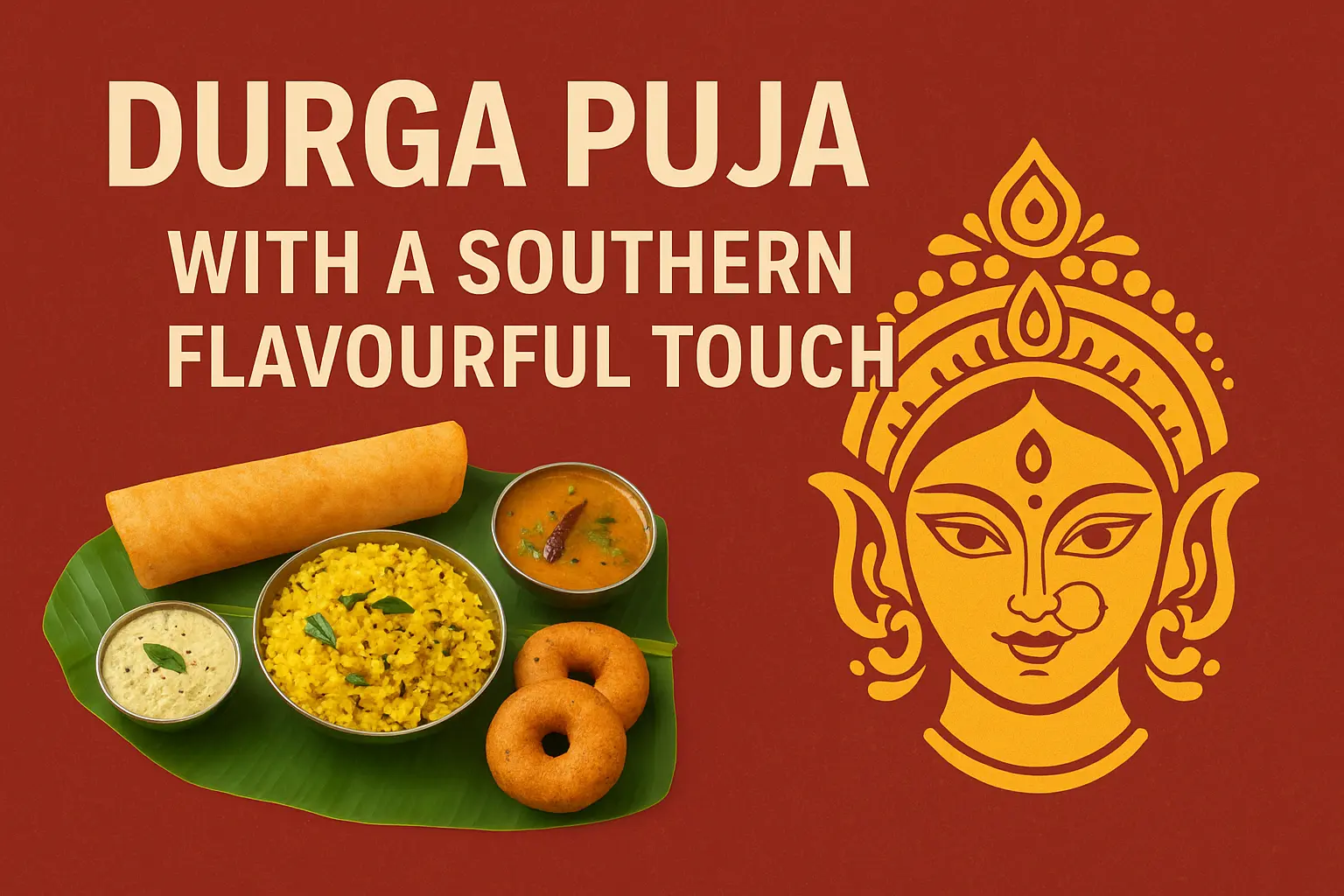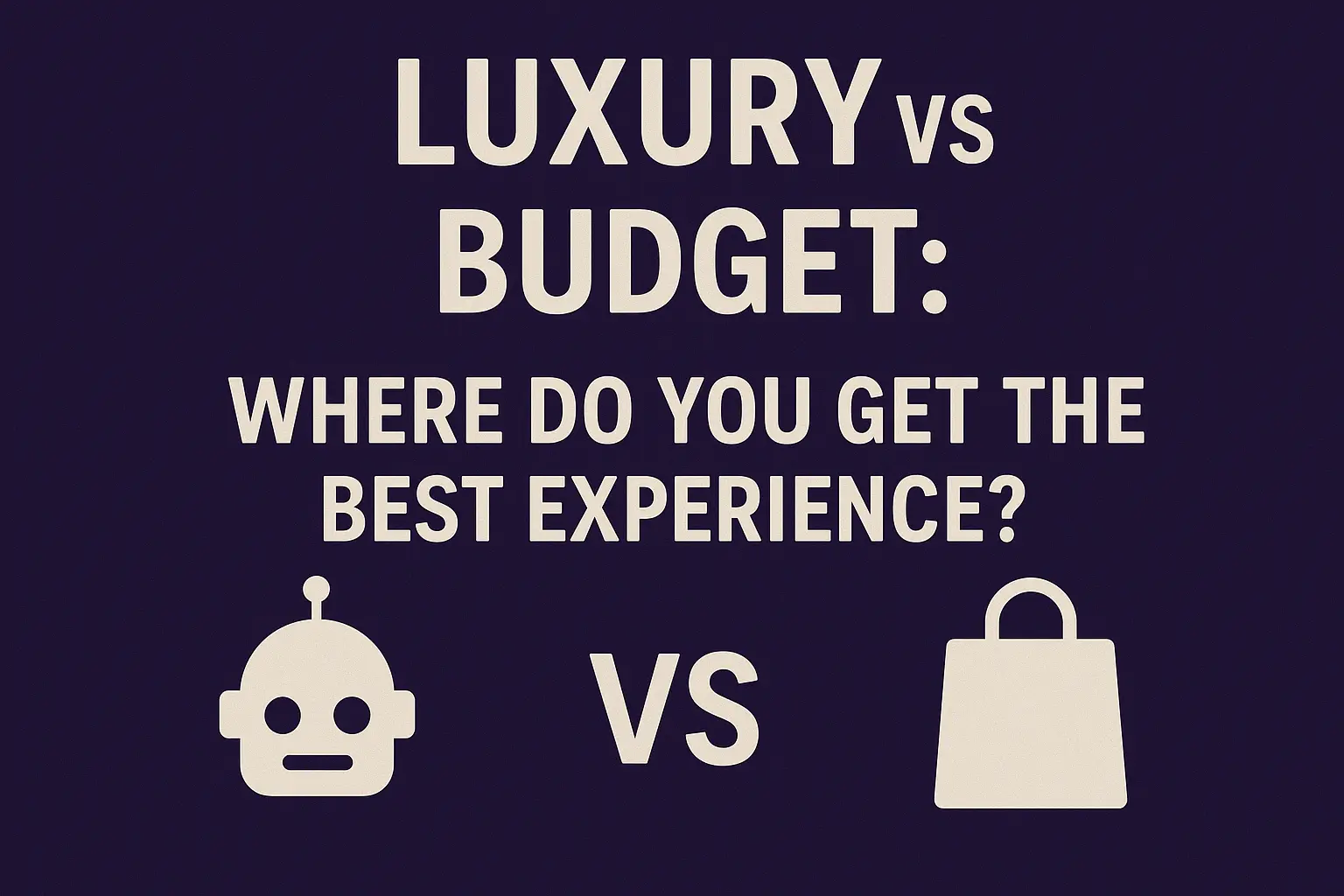Maintaining a healthy lifestyle has become significant in today’s fast-paced world. With various fitness options available, choosing the right path that aligns with your goals and preferences can be challenging. Whether looking for physical strength, mental clarity, or a high-energy workout, yoga, gym, and Zumba offer unique benefits. Dhanush Kumar explores each option in depth, helping you to make a wise decision about which fitness journey suits your needs.
Which Fitness path is right for you?
Yoga: The Path of Mind-Body Harmony
Yoga is an ancient practice that harmonizes the mind, body, and soul. It combines physical postures or asanas, breathing exercises, and meditation techniques to promote overall well-being. Adopting a yoga lifestyle has some key benefits.
- Flexibility and Strength: Yoga asanas stretch and strengthen your muscles, improving your flexibility, balance, and posture.
- Stress Relief and Mindfulness: The breathing techniques and meditation practice cultivate a sense of calmness, reducing stress and enhancing mindfulness.
- Injury Prevention: Yoga’s low-impact nature makes it safe for people of all ages and fitness levels, reducing the risk of injury.
- Chronic Pain Management: Certain yoga poses can alleviate chronic pain, such as lower back pain or arthritis.

The Gym: Sculpting Strength and Endurance
The gym offers a wide range of equipment and training options for those seeking a more intense workout and focused muscle development. Here’s what a gym-centric fitness routine can help you with:

- Strength training: Weight machines, free weights, and resistance equipment allow you to target specific muscle groups and build strength.
- Cardio Workouts: Treadmills, ellipticals, and stationary bikes provide cardiovascular benefits, improving heart health and endurance.
- Variety and Customization: Gyms offer diverse classes, from high-intensity interval training (HIIT) to spin classes, catering to various fitness levels and preferences.
- Accountability and Support: Working out with a personal trainer or in group classes can provide motivation, guidance, and a sense of community.

Zumba: The Dance Party Workout
Zumba is a dynamic and energetic fitness program that combines dance moves with high-intensity cardio. It’s a fun and social way to pump your heart and burn calories. Here are some critical advantages of Zumba:

- Cardiovascular Health: The fast-paced, rhythmic movements provide an excellent cardio workout, improving heart health and endurance.
- Calorie burning: Zumba’s high-energy routines can burn many calories, aiding in weight loss and overall fitness.
- Mood Booster: The upbeat music and dance-like movements create a lively and enjoyable atmosphere, boosting mood and reducing stress.
- Social Connection: Zumba classes often foster community, making staying motivated and committed to your fitness journey easier.

Conclusion:
Choosing yoga, gym, or Zumba ultimately depends on your personal goals, preferences, and lifestyle. Whatever path you choose, remember to listen to your body, stay consistent, and find an activity you genuinely enjoy.
































